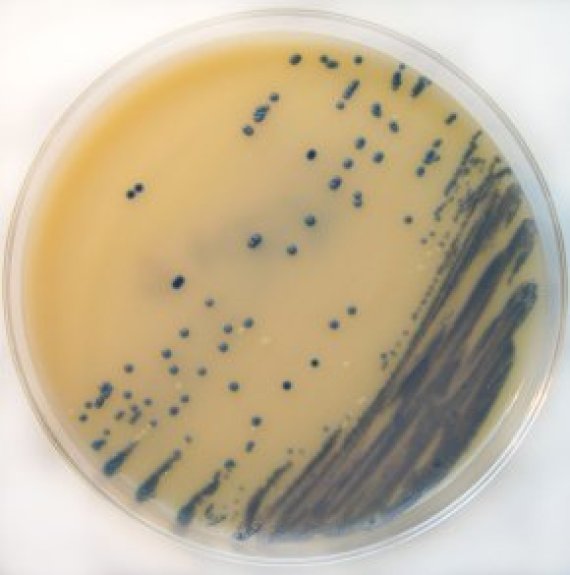MRSA in a petridish. Photo: Nathan Reading
This is evident from research carried out by the Quantitative Veterinary Epidemiology chair group and RIVM, published in Environmental Science & Technology.
The researchers wanted to know whether and how bacteria with antibiotic-resistance present in cattle farming and hospitals escape into the environment. Using the available research literature, they established that resistant bacteria occur throughout the environment – in soil, in waste and surface water, in dust particles and in wild birds. But they found no transmissionof these bacteria from the environment to people.
What the search of the scientific literature mainly revealed are gaps in knowledge. Existing studies have been conducted mainly on farms or in hospitals. Waste water has also been much studied. But there is no research describing the route taken by resistant bacteria from, say, manure and surface water to a recreation lake where swimmers could be infected. Onlyresearch like this can reveal with certainty whether and how a resistant bacterium survives in the environment and poses a public health hazard, say the authors. Furthermore, the dose of resistant bacteria required to cause a human infection cannot be deduced from the existing research. This limited knowledge stands in the way of a good risk analysis.

